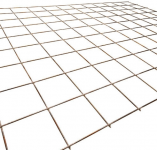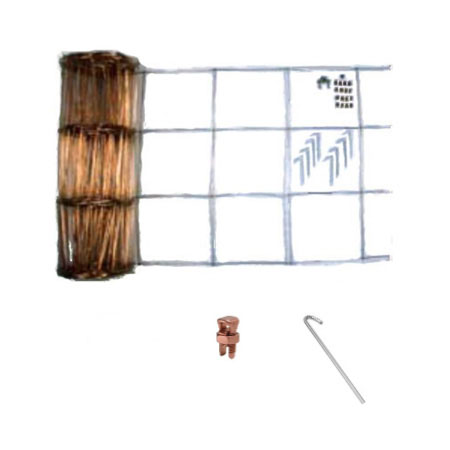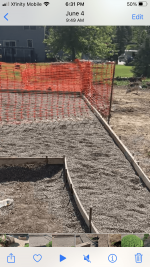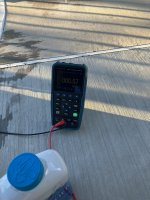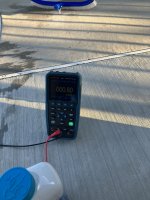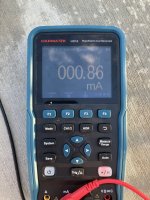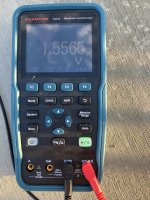- May 3, 2007
- 18,094
- Pool Size
- 20000
- Surface
- Plaster
- Chlorine
- Salt Water Generator
- SWG Type
- Hayward Aqua Rite (T-15)
Power company has breakers on all hot wires. Plus voltage dissipates very quickly through the earth as it is volumetric flow (i.e. infinite conductor).Maybe the utility wires are exposed underground.
That is possible but the voltage at the ground point would be much less than 120v because that current has a voltage drop across what ever device is using that current. In addition, a ground rod has about 25 ohms of resistance to distant earth so voltage gradient away from a ground rod is very very steep. Any significant distance away from the ground rod would have zero voltage.Maybe the neighbor has a bad neutral and they are sending 10 to 20 amps into the ground.
That current can be picked up by the pool bonding grid where it will flow to the main neutral.
The current will go through the house neutral, which does not go through a breaker.
Again, NEV is fairly common in rural areas so to me, it just seems a more likely scenario.



